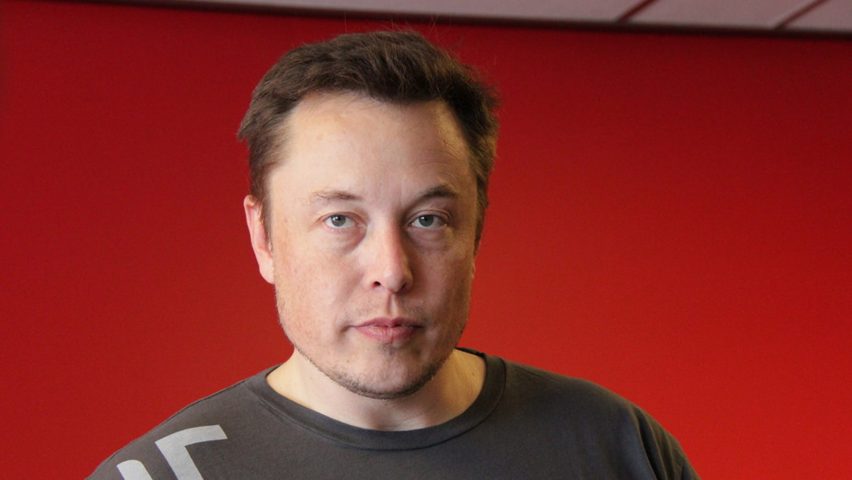
Elon Musk launches $100 million carbon capture competition
Tesla and Space X CEO Elon Musk has launched the XPrize Carbon Removal competition to create devices that permanently sequester carbon dioxide to reduce the impact of climate change.
Funded by Musk and the Musk Foundation and organised by non-profit organisation the XPrize Foundation, XPrize Carbon Removal challenges designers to develop a machine to pull large amounts of carbon dioxide (CO2) directly from either the atmosphere or the oceans.
"We want teams to build real systems that can make a measurable impact at a gigaton level," said Musk. "Whatever it takes. Time is of the essence."
Device should remove one gigaton of CO2 per year
The overall aim of the contest is to produce a device that can remove one gigaton – one billion tons – of CO2 from the earth per year.
According to the organiser's estimates, we need to remove around six gigatons of CO2 per year by 2030 and 10 gigatons per year by 2050 to reach the climate goals agreed in the Paris Agreement climate change treaty.
"For humanity to reach the Paris Agreements goal of limiting the Earth's temperature rise to no more than 1.5 degrees Celsius of pre-industrial levels, or even two degrees Celsius, we need bold, radical tech innovation and scale up that goes beyond limiting CO2 emissions, but actually removes CO2 already in the air and oceans," said the organisation.
"Any carbon-negative solution is eligible: nature-based, direct air capture, oceans, mineralization, or anything else that sequesters CO2 permanently."
Largest incentive prize in history
The four-year competition will have a prize fund of $100 million with the overall winner receiving $50 million, second place $20 million and third $10 million. According to XPrize Foundation, this makes it the largest incentive prize in history.
"XPrize Carbon Removal is aimed at tackling the biggest threat facing humanity – fighting climate change and rebalancing Earth's carbon cycle," said the organisation.
"This $100 million competition is the largest incentive prize in history, an extraordinary milestone."
The winner of the contest will need to develop a scale model of their carbon removal solution and demonstrate that it has the potential to be scaled up to meet the one gigaton target.
To allow teams to develop devices, the XPrize Foundation will award 15 teams $1 million each, 18 months after the contest begins. Full details of the competition requirements will be announced on 22 April – Earth Day.
Efforts are already being made to remove carbon from the atmosphere, with the world's first commercial carbon-capture plant opening in Switzerland in 2017. The groundbreaking direct air capture (DAC) plant, founded by Climeworks is capable of removing 900 tons of carbon dioxide (CO2) from ambient air annually.
According to architect Michael Pawlyn, cities could help stop climate change by using new types of carbon-rich concrete and bioplastics to remove carbon dioxide from the atmosphere.
"We need to find ways of using materials that take carbon out of the atmosphere," he told Dezeen. "Can we learn from biology to design a built environment that has a net positive impact?"